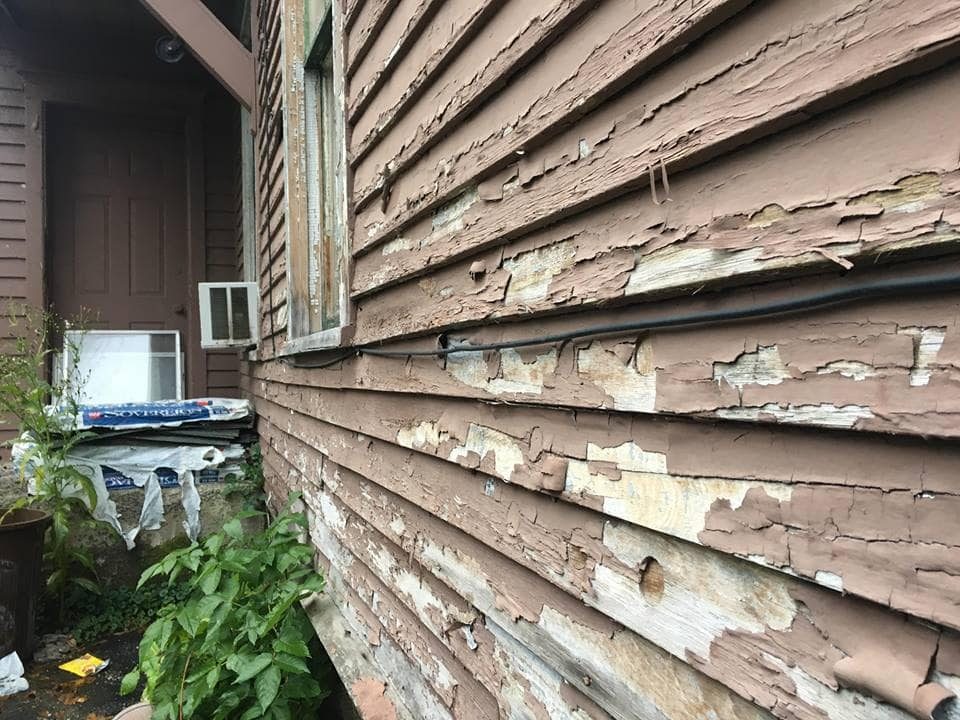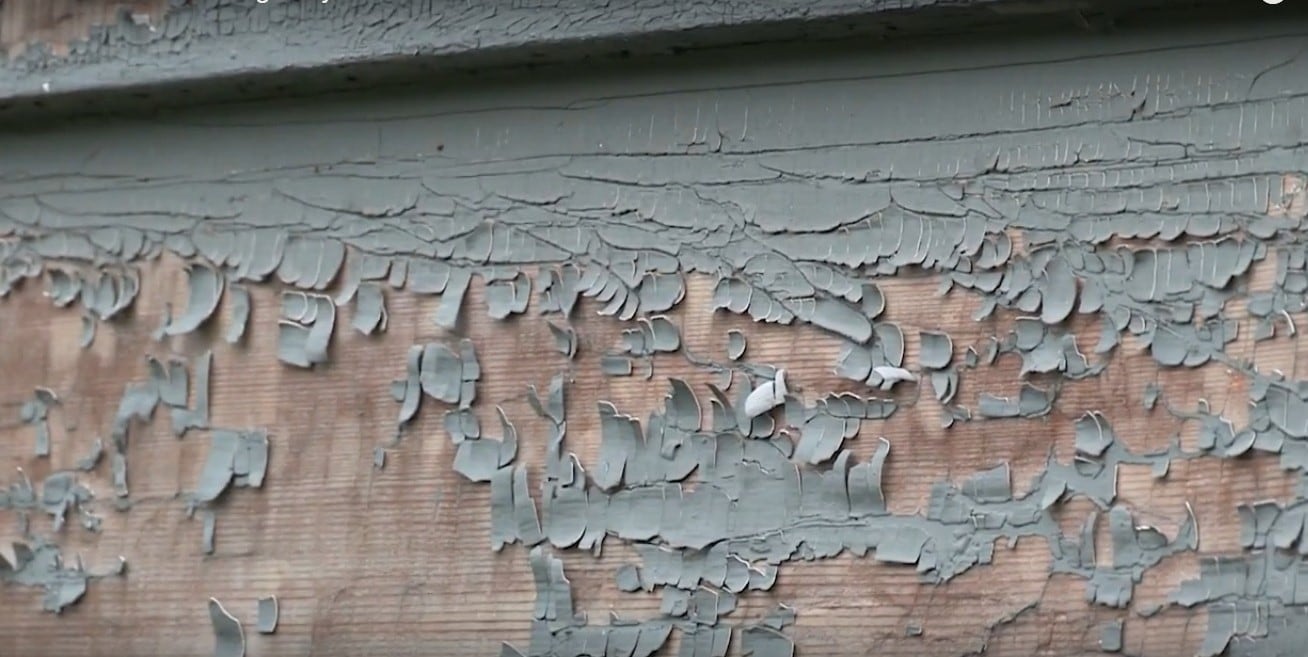Older homes put Syracuse youth at risk for lead poisoning
Older homes put Syracuse youth at risk for lead poisoning

It’s 7:30 a.m. on the southwest side of Syracuse and parents are escorting their young children to Delaware Elementary School. Some parents stop their cars and keep going, some give them a loving hug outside and others walk them all the way inside. Everyone seems about as happy as they can be on a rainy Thursday in 33 degree weather, and everything seems normal.
But what one doesn’t see on this morning is the way the area is one of the highest in the city of Syracuse for high blood lead levels in children. In the area surrounding Delaware Elementary School, as well as the areas to the west of it, an estimated 20 to 30 percent of children have a blood lead level higher than 5 micrograms per deciliter (mcg/dL).
This number is the standard created by the Center for Disease Control and Prevention (CDC) for the highest level of blood there can be in a child’s body before causing damage. In the City of Syracuse, an average of 11 percent of children exceed that number. Syracuse.com reports that 600 children were poisoned by lead paint in 2017.
Parents of students in the Delaware Elementary School say they aren’t familiar with these high statistics, but some have dealt with their own children having lead poisoning.
“My oldest daughter had lead [poisoning], and it … would have affected her learning, if she didn’t get it dealt with,” says Norma Bushey, the mother of a student at Delaware.
“I was scared, because it’s not really something that a child should have to go through, because it does affect the children,” says Bushey, whose daughter could have developed learning behavioral difficulties, school attainment issues and skin rashes.
Onondaga County Health Department’s Coordinator of Lead Poisoning Control Program Debra Lewis says that lead poisoning in children can also lead to auditory processing, hearing and language issues, as well as future behavioral issues like criminal activity, poor decision making and teen pregnancy.
“My daughter had [lead poisoning], but I thank god that it wasn’t like high-high-high,” says Kelline Ortiz, another mother of a Delaware student.
The reason for such high rates of lead poisoning stems from Syracuse being an old city. Like many cities in the Rust Belt, a majority of the infrastructure in Syracuse was built before lead paint was banned in 1978. To this day, 75 percent of the homes in Syracuse were built before the 1950s, causing lead paints to exist in most homes. Norma Bushey says her family’s house is over 100 years old.

Lewis explains that even when these old houses are painted over with new paint, the layer underneath still puts the children at risk.
“What is a major cause of lead poisoning is the continued deterioration on high impact and friction surfaces like windows, doors, porches and floors,” says Lewis about new paint that gets chipped away over time, exposing the old lead paint. “That creates a very fine dust, that then gets onto children’s hands and is easily ingested into their mouths.”
This deterioration often causes families to renovate their home entirely, or move out.
Norma Bushey’s family was lucky enough to be able to have their home remodeled by an organization. Bushey says the lead poisoning prevention workers even came into her backyard to rip up the grass in an effort to remove the last remnants of lead on her property. Now, she is proud to say that her house is lead-free, but says she used to worry about her young children’s curious fingers and mouths.
“My little one, she’s older now, but she was always putting stuff in her mouth that she wasn’t supposed to, and I would always take her to get checked,” says Bushey.
While the Bushey family was fortunate enough to have an organization help with their lead problem, Kelline Ortiz’s family was not as fortunate.
“I had to move out of the place because it was better for us, and [lead poisoning] never happened again, thank god,” says Ortiz.
“I used to not think about [lead poisoning]. My baby liked to touch everything, but I didn’t pay no mind to it,” she said. Now, Ortiz takes her children to get their blood lead levels tested every six months.
The areas surrounding Delaware Elementary School are not the only areas in Syracuse at risk of high levels of lead poisoning.
The zip codes that Lewis’ office focuses on are areas 1320- 3, 4, 5, 7 and 8.
“It kind of covers this banana-shaped area of the city, starting on the northeast side and then swooping down along the Westside down into the Southside of the city,” says Lewis.
Lewis says that the areas of high child blood lead levels follow an unnerving pattern of poverty within the City of Syracuse. She says that this banana shape is very common in the mapping of people at higher risk for health problems because of the social determinants of health in their living area.
“Interestingly, you could find the similar banana-shaped distribution if you were looking at poverty statistics, cancer rates, people who were recipients of social service benefits and rental property code violations,” says Lewis.





